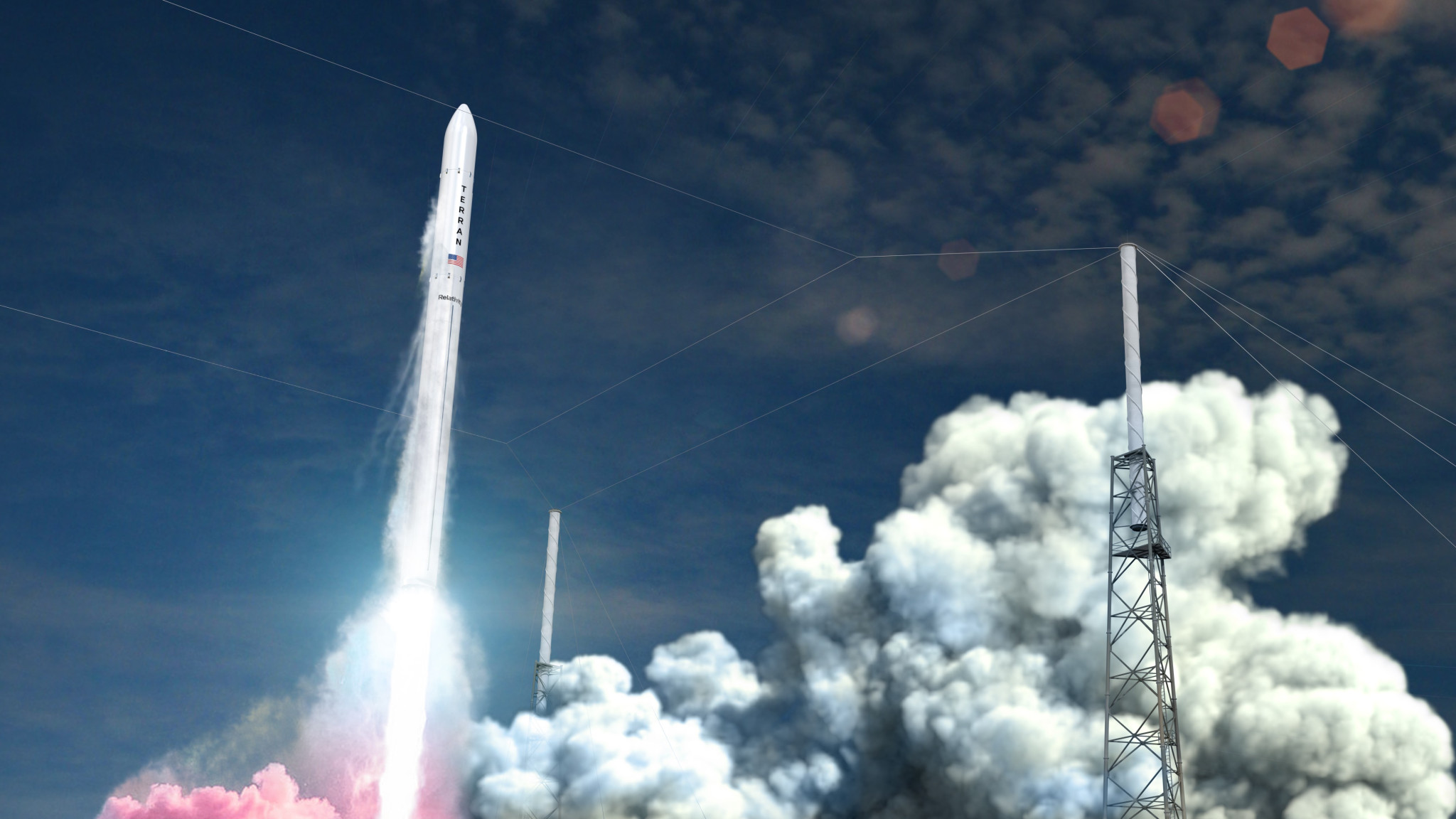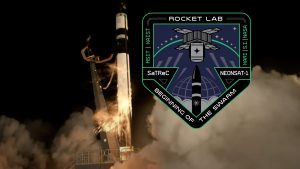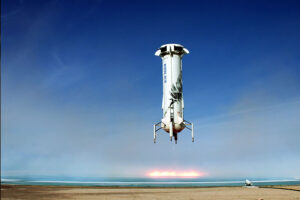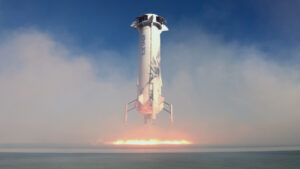Relativity Space Is Preparing to Launch the First Entirely 3D-Printed Rocket
25th Mar 2022
By 3D-printing practically every element of their rockets and with the launch that’s about to take place, Relativity Space, an aerospace company based in Long Beach, California, hopes to permanently change the rockets’ manufacturing process.
Relativity Space CEO Tim Ellis (formerly of Blue Origin) and Jordan Noone (formerly of SpaceX) co-founded the company in 2015 with one objective in mind: to develop and launch the first 3D-printed rocket into orbit, as a worldwide premiere. The company raised for this project approximately $1.3 billion from private investors such as Baillie Gifford, BOND, Blackrock, Fidelity, Mark Cuban, and General Catalyst.
Relativity Space Owns the Largest 3D Printer in the World
Relativity is now amongst the most valued and well-funded private aerospace businesses in recent history, seconded only by Elon Musk’s SpaceX, which managed to raise $7.7 billion in less than ten years.
“The Factory of the Future,” Relativity’s rocket production facility for the first 3D-printed launch rocket is located in Long Beach, California, where Stargate is also located. Stargate is the world’s biggest 3D printer and built to make vehicles for the previously mentioned rocket premiere.
According to Ellis, this machine can print practically all the pieces needed for Terran 1, the first 3D-printed rocket in the world, and Terran R, the first completely reusable 3D-printed rocket. The process of printing the raw material for launch rocket and flight takes place in under 60 days. Relativity Space has created various unique alloys to tackle this extraordinary achievement and produce the biggest 3D-printed metallic structures ever tried.
Relativity Is Growing Exponentially in the Space Industry
Relativity’s Terran 1 is just a normal two-stage rocket mainly intended to deliver small satellites to LEO. And it’s supposed to succeed, despite its somewhat unique construction process.
Nine Aeon 1 types of engines power the launch rocket’s first stage, each delivering roughly 23,000 pounds (100 kN) of force during launch. The engine is comprised of multiple unique 3D-printed alloys and runs on liquid oxygen (LOx) and liquid methane (LCH4), which is quite rare for a rocket launch.
Relativity Space is rapidly expanding, with approximately 600 staff. It has established a presence at the Cape Canaveral Space Force Station (CCSFS), the location where it’s creating Launch Complex 16 (LC-16) for both Terran R and Terran 1. This is in addition to its headquarters and production facilities in Long Beach, CA. NASA has chosen Relativity Space as one of the 12 businesses to offer launch services for its Venture-Class Acquisition of Dedicated and Rideshare (VADR) missions.






Thank you for your comment! It will be visible on the site after moderation.